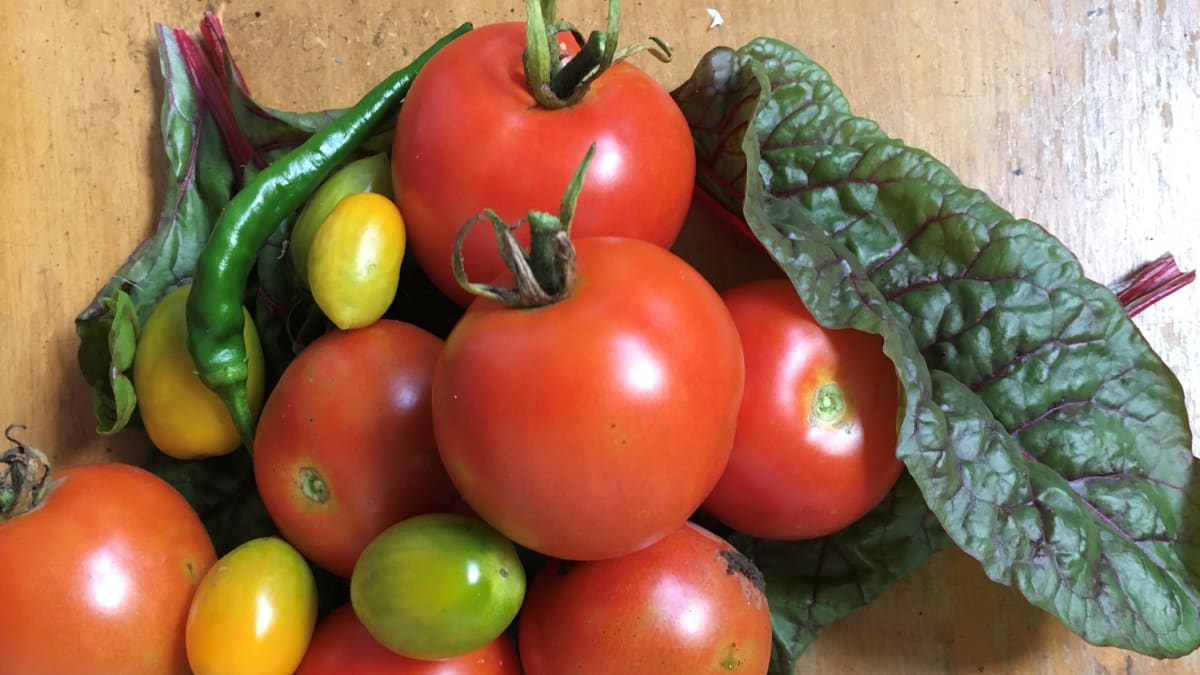LOUISIANA (KNOE) – Two USDA programs were announced that it is helping farmers make a move to organic farming. The Organic Certification Cost Share Program (OCCSP) will help with the costs of transitioning to organic processes for up to $750. If they need help to train for certification, the Organic and Transitional Education and Certification Program (OTECP) can assist up to $250 per certification category.
Area farmers like the idea of organic. Anthony Yakaboski of Yak’s Produce knows that the sprays that help with pests can affect the crop.
“We eat raising a family on the product. It’s just we try to spray only when and if necessary,“ says Yakaboski. ”Then try to really watch what chemicals you’re using because some chemicals you can’t get on the field or eat for a certain amount of days, weeks, or months.“
When someone came out to test his products, he found out how it gets into the products. “On the whole, they’ll come back and show you a list of the chemicals that you used,” said Yakaboski.
Another farmer, Donna Issacs from De La Terre Permaculture Farms, is working on getting her organic certifications. They are doing a different process at her farm that will work hand in hand with organic farming.
“But what we are doing is implementing regenerative agriculture practices,” said Issacs. “We also want to grow organically, but in a way that builds soil health. Providing our customers with a better product.”
Yakaboski wants to move to organic; he understands that it would be easier for smaller farms, while larger farms might not be as likely to move.
“The likelihood is going to be tough because, on a larger scale, it’s hard for those people to manage or micromanage their whole crop,” said Yakaboski.
Issacs sees it as a start for many farmers to move to organic farming.
“Because it is hard work and there is a learning curve and there needs to be that support to get the farmer through the first three to four years of implementation after that nature takes over, and it’s the gravy train after that,” said Issacs.
More information is available on the USDA Website.
Copyright 2022 KNOE. All rights reserved.




